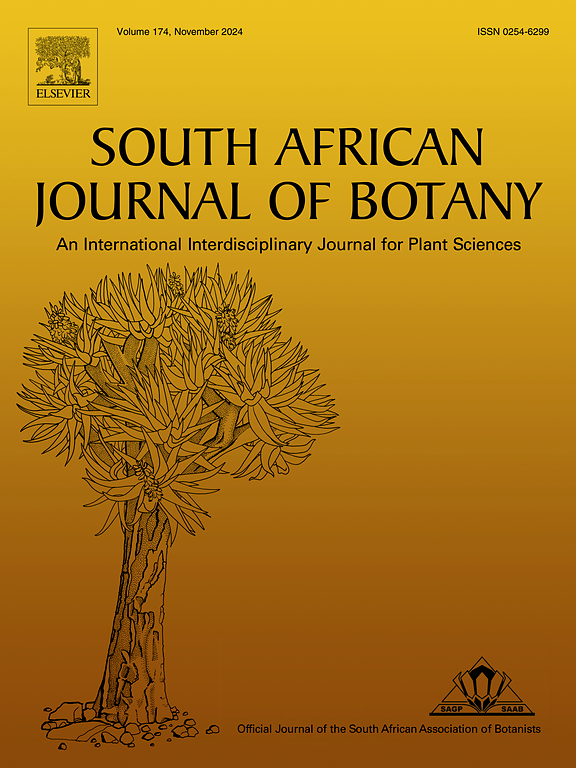Investigation of the effects of licorice beverages and licorice extracts on monoamine oxidase and cholinesterase activity
IF 2.7
3区 生物学
Q2 PLANT SCIENCES
引用次数: 0
Abstract
Alzheimer's and Parkinson's diseases are neurodegenerative disorders whose incidence increases significantly with advanced age, and it is known that inhibition of monoamine oxidase (MAO) and cholinesterase (ChE) enzymes is important in the symptomatic treatment of these diseases. Natural compounds are important for discovering potent and relatively less toxic enzyme inhibitors. Licorice plant (Glycyrrhiza glabra) and its roots have been used as medicines by humans for hundreds of years. In this study, extracts of licorice root powder were prepared by direct extraction (DE) or fractionated extraction (FE) methods using various solvents, and their radical scavenging, anti-MAO, and anti-ChE activities were determined. Also, the biological activities of licorice drinks widely consumed in Türkiye and some of the active components of licorice root grown in Türkiye, namely glycyrrhizic acid, liquiritin, and isoliquiritin, have been determined. The results indicate that the licorice drink prepared from commercial solid licorice extract called “licorice honey” has much higher DPPH radical scavenging activity than the licorice sherbet, EC50= 0.403 mg DW/mL and 16.780 mg DW/mL, respectively. Similarly, the licorice drink more strongly inhibits MAO and acetylcholinesterase (AChE) activity when compared to traditional licorice sherbet. Amongst the active compounds studied, isoliquiritin demonstrates both high DPPH scavenging (EC50= 0.238 mg DW/mL) and high MAO-B (IC50= 0.035 µg DW/ mL) and AChE (IC50= 0.039 mg DW/ mL) inhibitory activities. Based on these data, isoliquiritin emerges as a promising candidate for the development of novel drugs that can be used for the symptomatic therapy of Alzheimer's and Parkinson's diseases.
求助全文
约1分钟内获得全文
求助全文
来源期刊

South African Journal of Botany
生物-植物科学
CiteScore
5.20
自引率
9.70%
发文量
709
审稿时长
61 days
期刊介绍:
The South African Journal of Botany publishes original papers that deal with the classification, biodiversity, morphology, physiology, molecular biology, ecology, biotechnology, ethnobotany and other botanically related aspects of species that are of importance to southern Africa. Manuscripts dealing with significant new findings on other species of the world and general botanical principles will also be considered and are encouraged.
 求助内容:
求助内容: 应助结果提醒方式:
应助结果提醒方式:


